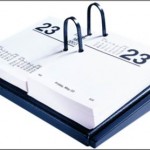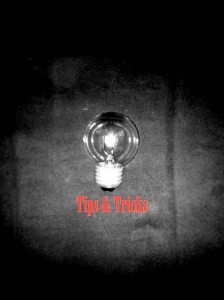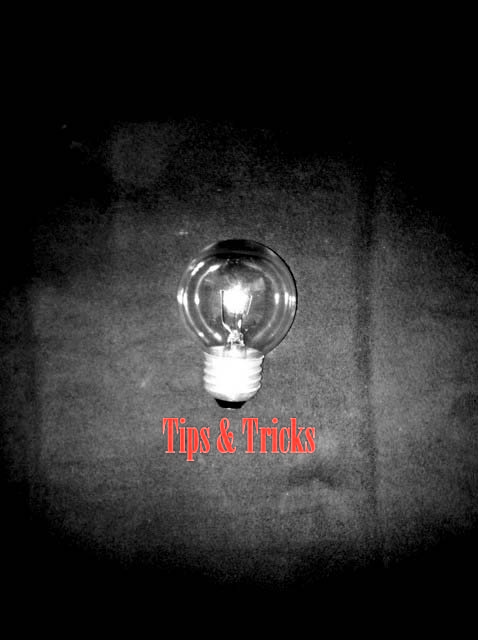Getting Organized for the New Year
/I may rarely end -- or even get halfway through! -- the year organized, but I like to start out with my thoughts marshaled, my supplies in their places, and my plans laid out. Here are four ways I'm getting organized in 2014: Less Paper. This is tough one, since I work in direct mail, which is a paper-based business. But just because the end product ends up on paper doesn't mean I have to use it day to day. I'm learning to edit effectively on-screen, only opting to print pieces on the last pass. I have developed a pretty sophisticated virtual filing system that includes art, proofs and email communications from clients. I'm even learning to type my notes during a conference call, rather than jotting them into a notebook first -- although I admit that's a work in progress.
Less Paper. This is tough one, since I work in direct mail, which is a paper-based business. But just because the end product ends up on paper doesn't mean I have to use it day to day. I'm learning to edit effectively on-screen, only opting to print pieces on the last pass. I have developed a pretty sophisticated virtual filing system that includes art, proofs and email communications from clients. I'm even learning to type my notes during a conference call, rather than jotting them into a notebook first -- although I admit that's a work in progress.
Eliminating as much paper as I can is great for the environment, of course. But it's also great for my sanity and my time. No more filing, no more space taken up by bulging folders, and no more paper cuts!
Lists and more lists. I know some people aren't list-makers, but I am. I love to make global lists of things I hope to accomplish this year, as well as the micro lists of daily and weekly tasks. But if you're not into lists, try a spreadsheet or even a Venn diagram -- my husband the former architect enjoys drawing his to-do tasks. The act of jotting down your goals will help you remember them and hold you accountable to achieving them.
 Taking Time for Me. I often short-change myself in my rush to complete all my tasks -- and my house isn't even that clean! I'm not sure what's going to be pushed aside this year, but I am determined to take time each day to focus on myself and what I need. I'm confident that it will make me a better consultant, wife, parent, neighbor and friend. Even if it does mean the floor stays dirty.
Taking Time for Me. I often short-change myself in my rush to complete all my tasks -- and my house isn't even that clean! I'm not sure what's going to be pushed aside this year, but I am determined to take time each day to focus on myself and what I need. I'm confident that it will make me a better consultant, wife, parent, neighbor and friend. Even if it does mean the floor stays dirty.
Be Ready for (Almost) Anything. I often find myself needing to adjust my plans, and when I don't have the right equipment, it slows me down -- and sometimes keeps me from doing things altogether. When the car breaks down, I want to be ready to bike, so I'm getting my winter biking gear stowed together for easy transitions from four wheels to two. When a colleague calls me for lunch, I'm going to be ready to leave the house instead of scrambling to find a clean pair of pants or to brush my hair for the first time that day. And when working at home isn't going so well, I want my laptop bag ready to roll, so I can hit the road without losing too much of my day.
What are you doing to get yourself organized in 2014? Any other tips for me? I could use them!










